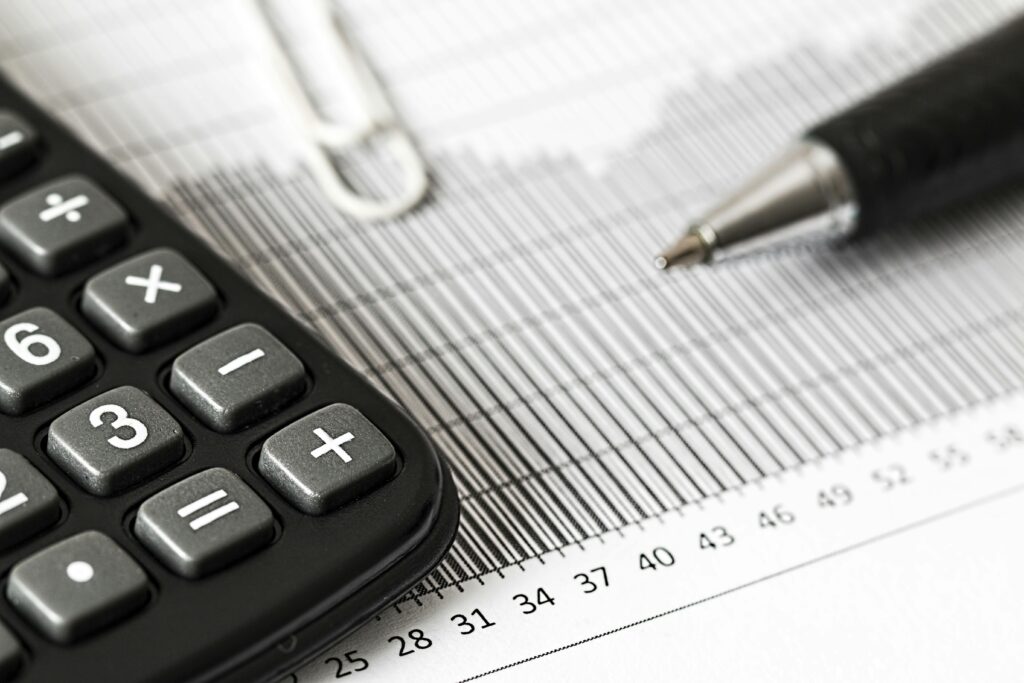Freelancers in India—whether you’re a graphic designer, content writer, photographer, fitness coach, or tech consultant—are very much within the tax net.
Unlike salaried individuals who get Form 16 and fixed monthly payments, freelancers often deal with multiple clients, irregular income, and no employer to handle taxes. That doesn’t mean you’re invisible to the Income Tax Department.
According to the Income Tax Act, 1961, freelancers fall under the category of “professionals” or “businesses” depending on the nature of their work.
Your earnings are taxed under “Profits and Gains of Business or Profession”, and you’re required to file ITR-3 or ITR-4, depending on the method of tax calculation you choose.
Here’s how to know where you stand:
| Income Source | Tax Head | ITR Form to Use |
|---|---|---|
| Freelance services (writing, coding, etc.) | Business or Professional Income | ITR-3 or ITR-4 |
| You opt for presumptive taxation | Business Income under Section 44ADA or 44AD | ITR-4 |
| Maintain full books of account | Taxed based on actual profits | ITR-3 |
Freelancers earning below ₹50 lakh annually can opt for presumptive taxation under Section 44ADA, where 50% of your gross receipts are assumed to be profits, and you pay tax on that. This reduces paperwork and simplifies return filing.
For example, if you earned ₹12 lakh in a year through freelance writing, and choose presumptive taxation, only ₹6 lakh will be treated as taxable income (before applying deductions).
No need to maintain books or audit your accounts—just pay advance tax in four installments and file ITR-4.
Of course, if you earn more or want to claim more expenses (like travel, internet, laptop purchase, coworking rent, etc.), you can go the regular route via ITR-3.
Another important point is GST. If your services exceed ₹20 lakh per year (₹10 lakh in NE/hilly states), you must register under GST and charge it on invoices. For inter-state services or e-commerce freelancing, GST registration may be mandatory even below this limit.
To understand if GST applies to your services, check our post on GST for Small Business Owners – Do You Need It?
Also, while freelancers don’t get Form 16 like salaried folks, you may still have TDS deducted under Section 194J or 194C. Always check your Form 26AS or Annual Information Statement (AIS) to avoid underreporting.
To understand how to manage all of this yourself, even without a CA, read our step-by-step guide on How to File Your Own Income Tax Return Without a CA.
Once you know you’re taxable as a freelancer, the next step is figuring out how to calculate your tax liability and actually pay it. Unlike salaried employees whose TDS is handled by employers, freelancers need to stay on top of it themselves.
There are two main ways to calculate tax:
| Method | Description | Best For |
|---|---|---|
| Presumptive Taxation (Section 44ADA) | 50% of gross receipts are treated as income. No need to maintain books. | Professionals earning < ₹50 lakh |
| Regular Accounting (ITR-3) | Track actual income and expenses. Tax is paid on net profit. | Higher-income or expense-heavy freelancers |
Let’s say you earn ₹10 lakh in a year. Under presumptive taxation, ₹5 lakh is considered taxable. After applying deductions under Chapter VI-A (like 80C, 80D), your net tax is calculated accordingly. The income tax slabs apply as usual, whether you’re salaried or freelance.
If you go the regular route, you can deduct genuine business expenses like:
- Laptop and equipment costs
- Internet and phone bills
- Co-working space rent
- Travel for work
- Software subscriptions
- Professional fees
But this requires maintaining invoices and proofs, and possibly getting your books audited if your turnover crosses ₹1 crore.
Another important thing is advance tax. If your total tax liability for the year exceeds ₹10,000, you must pay advance tax in four instalments (June, Sept, Dec, March) under Section 208. Missing these can lead to interest under Sections 234B and 234C.
Also, some clients may deduct TDS at 10% under Section 194J when they pay you. Don’t assume that’s your final tax—it’s just a part. You need to calculate your total tax liability and adjust for TDS already deducted. Always check your Form 26AS or AIS to ensure all deductions are recorded.
If too much TDS was deducted, you can claim a refund when you file your return.
To learn how this fits into filing your return online, check out our blog on What is Form 16 and How to Use It to File ITR—even though freelancers don’t get Form 16, it helps explain income structure and deductions.
FAQs
1. Do freelancers have to file ITR?
Yes, if your total income exceeds ₹2.5 lakh in a year.
2. Can I opt for presumptive taxation every year?
Yes, but once you opt out, you can’t re-enter for five years.
3. Is GST mandatory for freelancers?
Only if your income exceeds ₹20 lakh or if you offer inter-state services.
4. What is the best ITR form for freelancers?
ITR-4 for presumptive income; ITR-3 for regular accounting.
5. Can I claim tax refund if I’m a freelancer?
Yes, especially if TDS deducted by clients is more than your actual tax.



